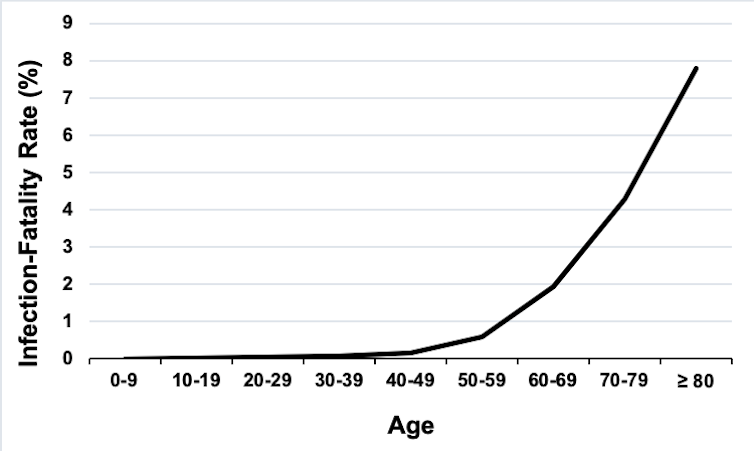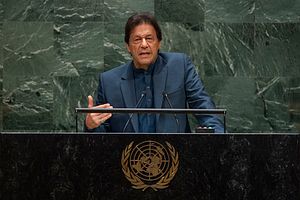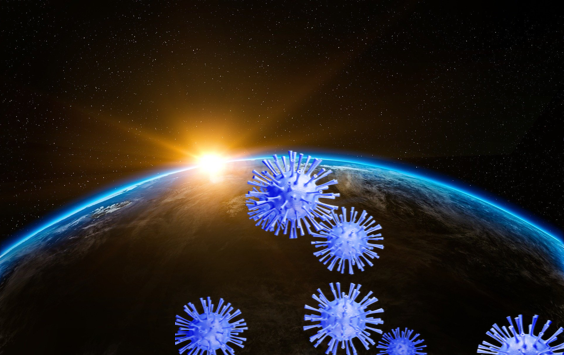Sudais Asif posted an April 18, 2020 article to the cyber security and technology blog/website, HackRead, with the title above. As Mr. Asif explains, the original intent of the Dark Web was to give individuals an opportunity to hide their online activities from autocratic governnments intent on surveilling their every digital move. But, as with almost anything else, the darker digital angles of our nature saw an opportunity to conduct illicit online activities — ranging from drug and weapons transactions, selling personal data from governments, corporations and individuals, trafficking in child pornography, and even hiring a hitman.
“Concerning the general perception surrounding it, the vast majority believe that stolen data through breached data bases and drugs are what make up the bulk of these [illicit] items,” Mr. Asif wrote. “The truth, however, is far from it,” he added.
To understand the leading online illicit items Mr. Asif wrote, “Terbium Labs — a digital risk protection company — analyzed “three leading [Dark Web] marketplaces (see link ar top of page) comprising of the ‘Canadian HeadQuarters,’ ‘Empire Market,’ and the ‘White House Market.’ And, they found:
1) Fraudulent how-to guides, which include tutorials on performing malicious activities, were the most sold item on the dark web at 49 percent of all sales. “An example.” Mr. Asif noted, would be a query on “How to open a fraudulent account at a financial institution? These listings had an average price of $7.88;”














